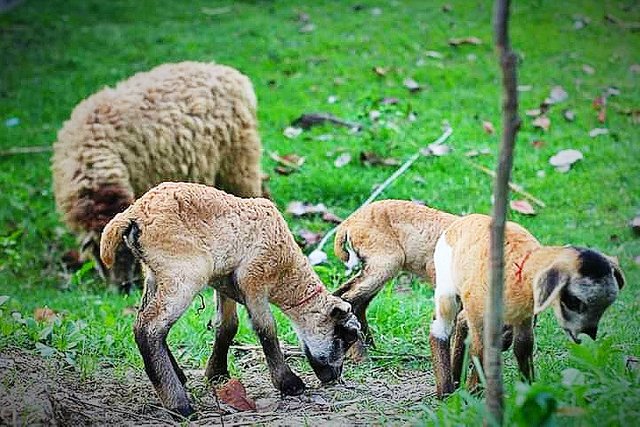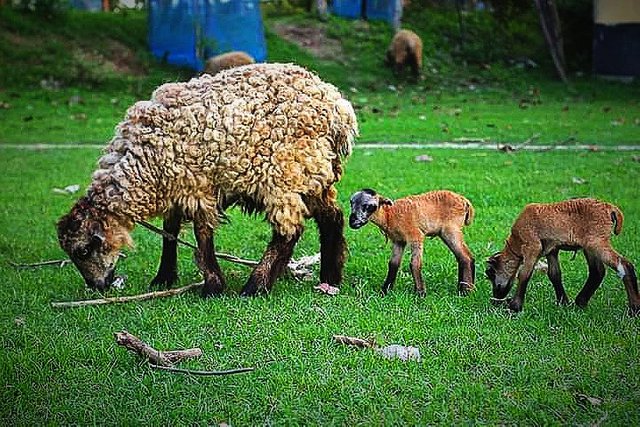

Introduction
After cow, goat and buffalo, sheep rearing is considered everywhere at the rural farmer level as it helps in improving the socio-economic and nutritional status of the common man in our country. The nutritional value and taste of mutton is almost identical to that of goat meat. The lamb does not have a pungent odor. In addition, goats cannot be reared on the same farm or at home with cows, but sheep can be reared with cows at very low cost and easy care. Sheep can be reared almost all the time in the dry season of the year at low cost by feeding naturally produced raw grass in the bathan or any grazing land in the char area. A special feature of the sheep is that the sheep prefer to stay with the cows in groups so that no additional manpower is required for the sheep rearing. Presented are:
Related information
- What are the benefits of keeping sheep?
• Meat, milk and fur are available from sheep at the same time.
- What are the benefits of keeping sheep?
• Sheep do not need separate developed habitat. Like cows and goats can be reared at the same time. Sheep can get their own food. The initial cost of sheep rearing is comparatively less. The number of sheep increases very fast, sheep manure is used as land manure, it is beneficial to weed the land, graze the grass in the pond and the disease of sheep is less.
- What are the other common characteristics of sheep?
• Sheep live and roam in groups, are less likely to be stolen, do not need extra workers to ride, eat less and produce more meat and fur.
- Can sheep eat all kinds of food?
• Sheep can reduce weeds on agricultural land by eating very small grass herbs with its soft mouth.
- In addition to milk and meat, how much wool can a sheep produce?
Each sheep can produce 3.5-5.5 kg of fur per year.
Thanks for Visiting.
Amazing post...
Downvoting a post can decrease pending rewards and make it less visible. Common reasons:
Submit